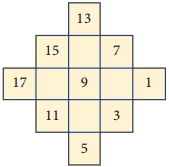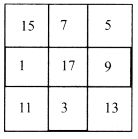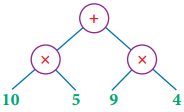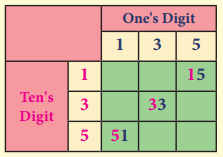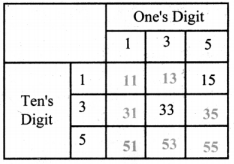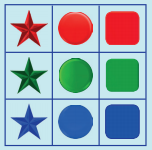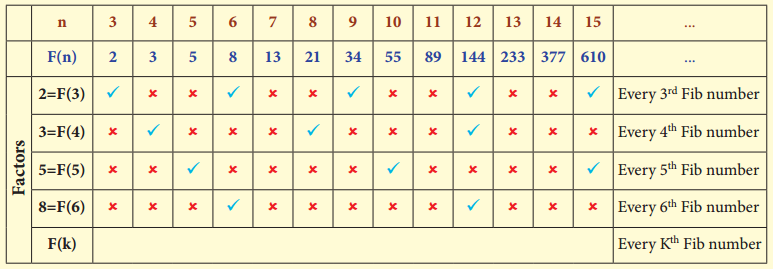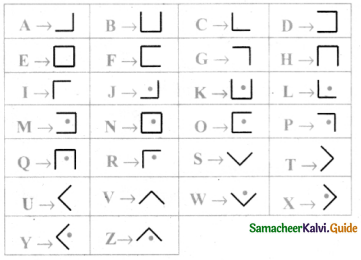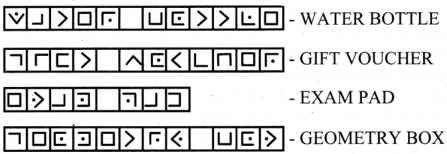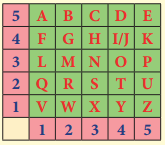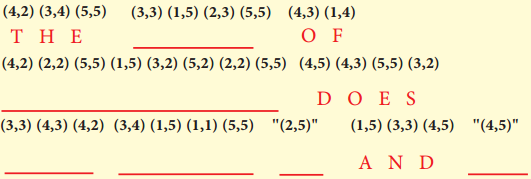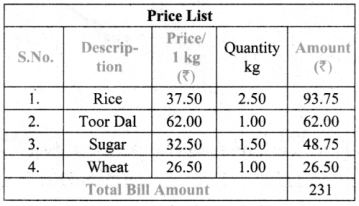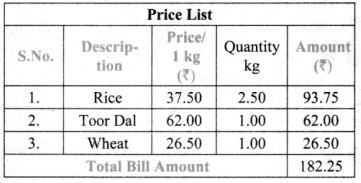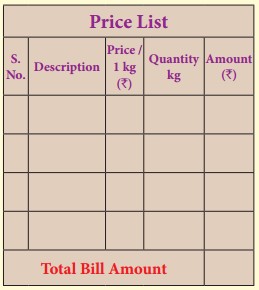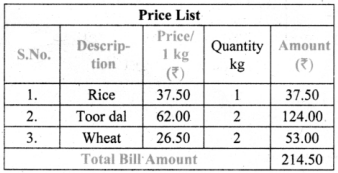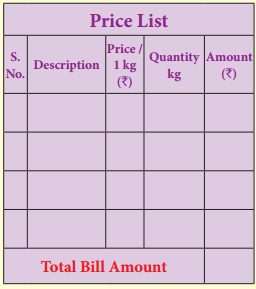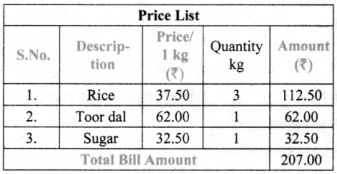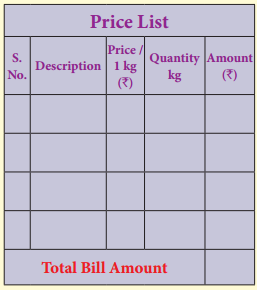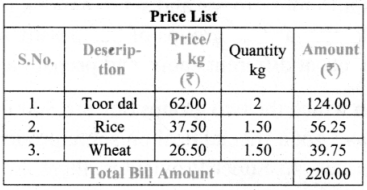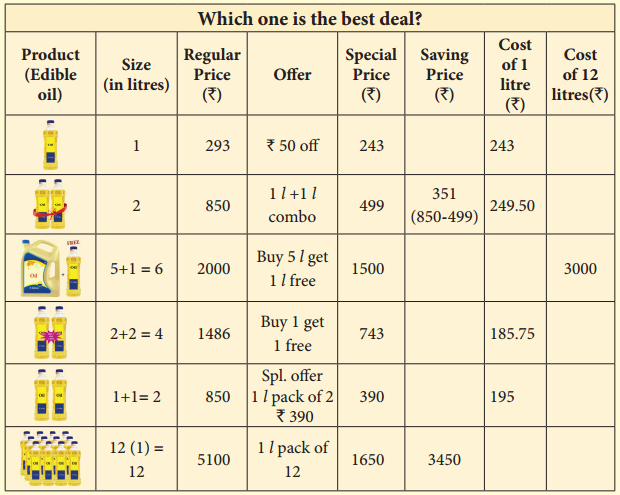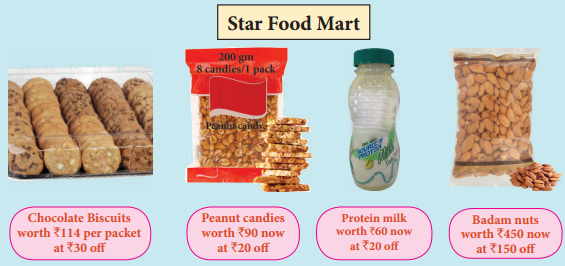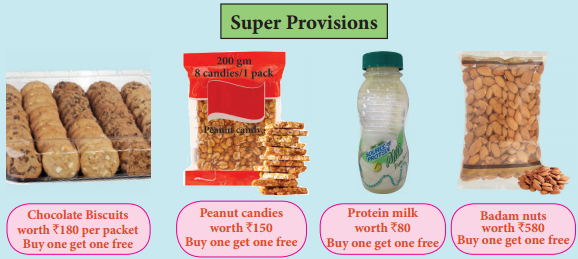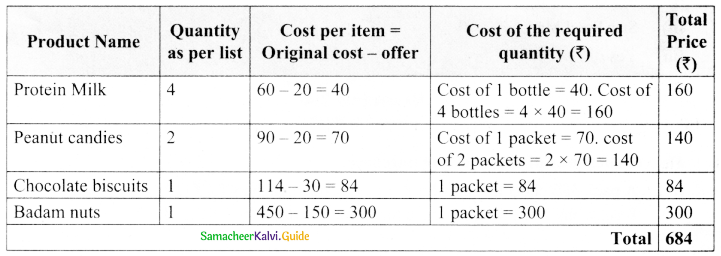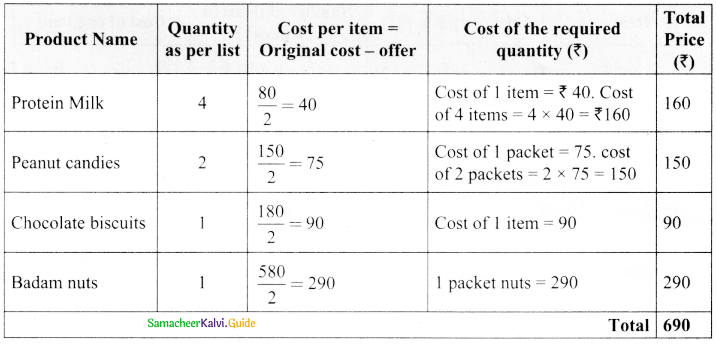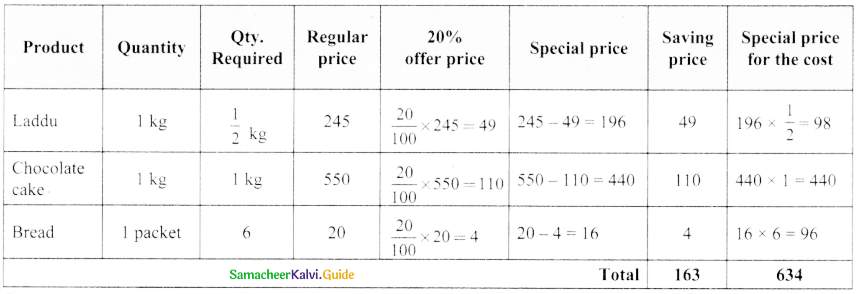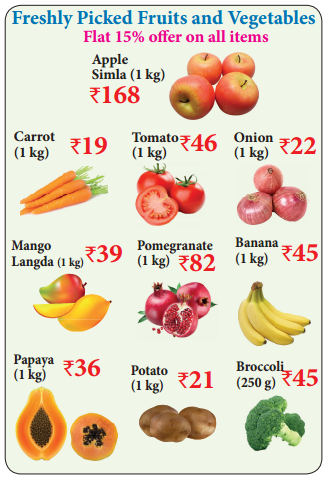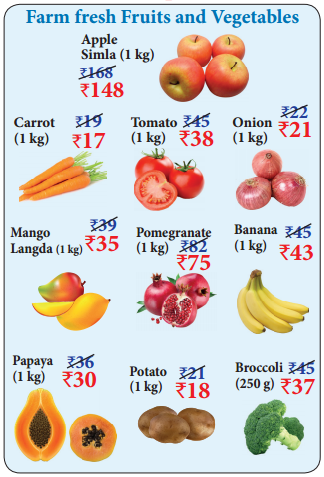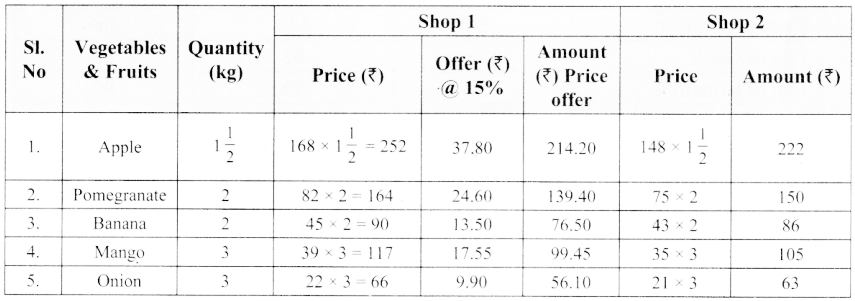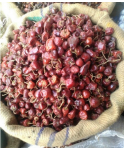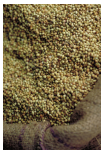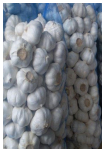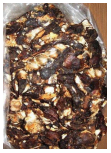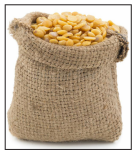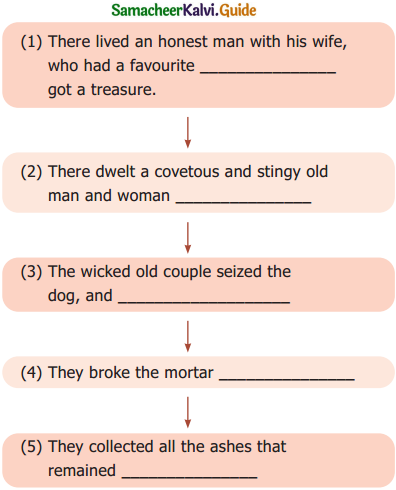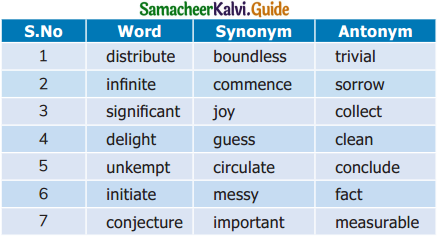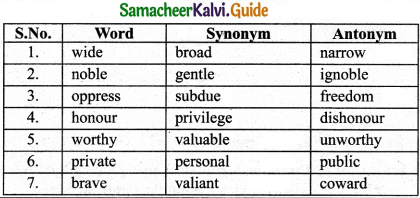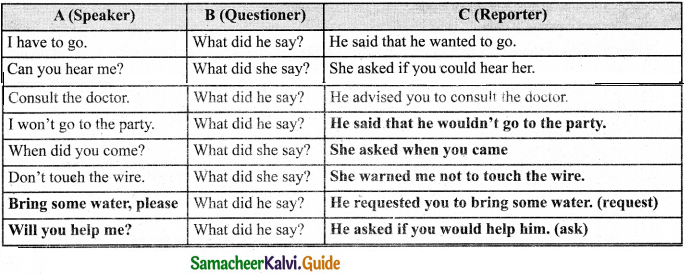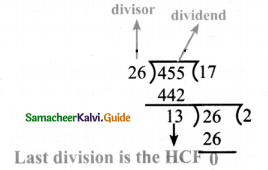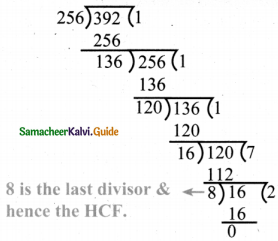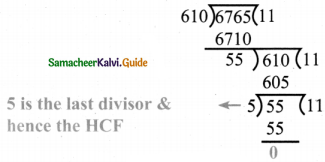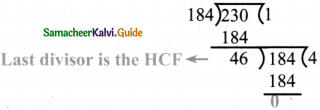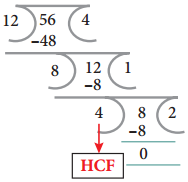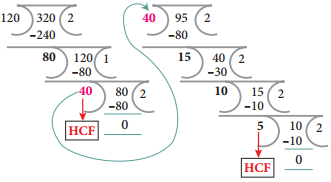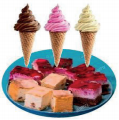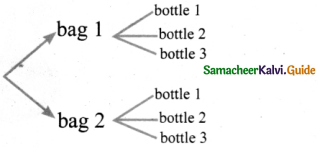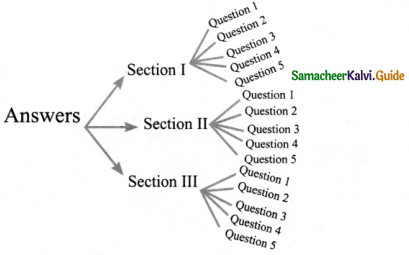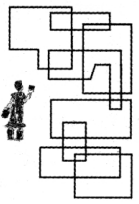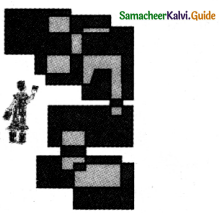Tamilnadu State Board New Syllabus Samacheer Kalvi 9th English Guide Pdf Supplementary Chapter 3 Earthquake Text Book Back Questions and Answers, Summary, Notes.
Tamilnadu Samacheer Kalvi 9th English Solutions Supplementary Chapter 3 Earthquake
9th English Guide Earthquake Textbook Questions and Answers
A. Fill in the blanks with words from the text.
- The name of the narrator is ……………………..
- There were …………….. villages in the valley.
- Brij went to Pauri to buy his ………………….
- The soldiers had set up a ……………………
- Bhuli had been buried under the debris for …………… hours
Answers:
- M.S. Mahadevan
- 670
- school books
- make shift camp
- 116
B. Based on your understanding of the story, choose the right answers from the options.
Question 1.
Brij started a tea shop because he wanted to ………………….
(a) start a company
(b) serve the people
(c) go on a pilgrimage
(d) become a tour guide
Answer:
(b) serve the people
![]()
Question 2.
Molthi was completely devastated because of ……………………
(a) a high-intensity earthquake
(b) thunder and hail storm,
(c) drought and famine
(d) flash floods.
Answer:
(a) a high-intensity earthquake
Question 3.
The brother searched everywhere and looked dejected because
(a) he couldn’t find his house
(b) he couldn’t locate his sister.
(c) he was hungry and didn’t eat for a few days
(d) he lost his school books.
Answer:
(b) he couldn’t locate his sister.
![]()
Question 4.
The boy had great reverence and respect for Army officers as they …………………..
(a) were brave and courageous
(b) worked day and night
(c) saved his sister from death
(d) all the above
Answer:
(c) saved his sister from death
Question 5.
Brij finally offered the traveller a ………………….
(a) cup of milk
(b) cup of tea
(c) glass of water
(d) cup of coffee
Answer:
(b) cup of tea
C. Identify the character or speaker of the following lines.
- Greetings, traveller. You looked tired and cold.
- Tomorrow, we will go back to Pauri.
- Whom are you looking for?
- My men have been on their feet for days.
- May God be with you!
Answers:
- Narrator/ Briji
- Brij’s uncle
- Army officer
- Army officer
- Narrator/ Briji
D. Answer the following questions in a paragraph of about 80 to 100 words.
Question 1.
Explain the efforts taken by the Army Officer to save the baby?
Answer:
The officer came with three soldiers armed with spades and crowbars. Without a word, the men began to remove the debris. They laboured doggedly. When it was completely dark, someone brought a few lit petromax lamps. Two hours r later, a soldier called out, “ Sir”. He stood in the middle of a small hollow. The wall had caved in at that spot. Brij recognised a part of the door. Beneath it, was a little foot. Feverishly, the soldiers began to clear the hollow. Then they lifted the door. It was a miracle. They rescued the baby alive after a hundred and sixteen hours. A ragged cheer went up and she was carried to a make-shift hospital.
(OR)
The narrator went away to buy school books. That night there was an earthquake and they felt it. Brij, the narrator returned home to Molthi with his uncle. Help arrived only after four days. Brij’s little sister Bhuli was missing. The soldiers cleared the debris, they had made a makeshift. Brij was crying and searching but in vain.
The army officer told him that it was of no use. Some brought a few lit petromax lamps, a soldier stood in the middle of a hollow. The narrator saw a small door when the soldier cleared the hollow, and lifted the door. Some said that she was alive, it was a miracle. She was taken to the makeshift and hospitalized. Thus the little baby was saved.
“Confidence is the key to success”
![]()
Question 2.
Brij has become a symbol of love and humanity. Explain?
Answer:
Title: Earthquake
Author: M.S. Mahadevan
Character: Brij, army officer, bhuli, soldiers.
Theme: “Love is divine”
One night there was an earthquake in brijs village. Molthi, when he was away at Pauri. He stayed there with his uncle at night. Brij’s returned home the next day. everything had gone into the earth. Help arrived only after four days. The army rescue team tried to clear the area and save people. But Brij’s little sister Bhuli was missing. Brij was searching, crying and searching.
The army officer told him that it was impossible. It already set dark. Some brought a few lit petromax lamps. Brij did not lose his lope. After two hours the soldier recognized a part of the door in the hollow. He lifted the door and found the baby alive.
She had been buried under the debris for 116 hours. She had survived the earthquake and the cold night’s. She was wrapped in a warm blanket and carried to the officer. But he was gone. He even did not know his name,. Brij’s sheer effort brought his sister back alive. Really he was a symbol of love and humanity.
“Love your neighbour as yourself”
(OR)
One night there was an earthquake at Molthi. It was Brij’s village. He had gone away to Pauri. He returned home the next day. The whole village had gone into the earth. Help came only after four days. The rescue team tried to clear the debris. Brij was searching and crying. The army officer had lost his hope. The soldiers were engaged in the rescue work. It was night and a few lit petromax lamps.
Soldiers found out a cave in the wall. When the soldier cleared the hollow, they lifted the door. Someone said that the child was alive. She was wrapped in a warm blanket and carried to the makeshift hospital. Brij and his sister went to live with his uncle. Bhuli started going to school. She was a gift to brij for his love and concern. Brij has become a symbol of love and humanity.
“Love is supreme to hope and faith”
E. Answer the following questions based on the reading of the story. Do not forget to go back to the passage whenever necessary to find and confirm the answers.
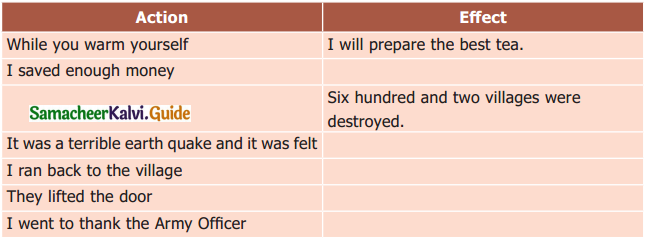
Answer:

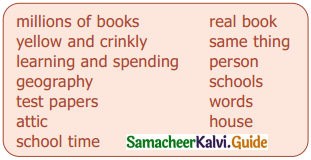
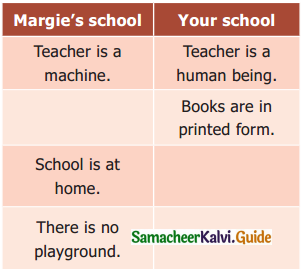

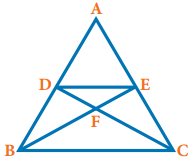 Answer:
Answer: